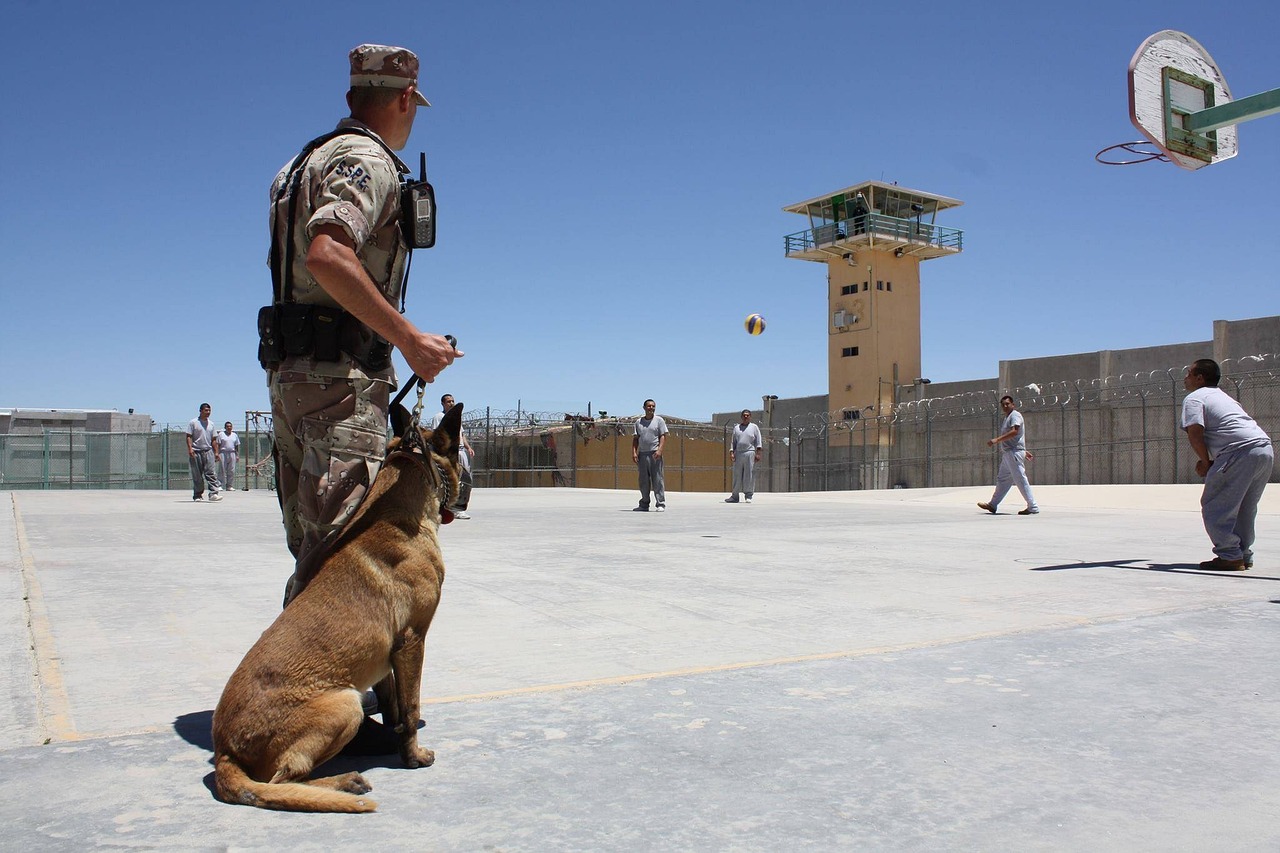
Understanding Alligator Alcatraz Facility
The recent unveiling of the Alligator Alcatraz facility in Florida epitomizes a troubling shift in American immigration policy under President Donald Trump. This facility, which is positioned as a part of a mass deportation agenda, has raised significant concerns regarding human rights and the treatment of migrants. Constructed hastily, the facility is designed to accommodate up to 3, 000 detainees, raising questions about the conditions these individuals will face.
Features of Alligator Alcatraz Facility
Florida Governor Ron DeSantis has touted the Alligator Alcatraz facility as a solution to illegal immigration. The site, a 39-square – mile airfield, will primarily consist of tents and trailers, lacking permanent structures. This raises concerns about the living conditions during the oppressive Florida summer heat, especially given the facility’s reliance on makeshift accommodations. The facility boasts over 200 security cameras, 28, 000 feet of barbed wire, and 400 security personnel, emphasizing a militarized approach to immigration enforcement.
Trump’s Comments on Security Measures
President Trump has made controversial remarks regarding the facility’s security, suggesting that alligators serve as a form of law enforcement, stating, “You don’t have to pay them so much.” This rhetoric trivializes the severe implications of detaining human beings in such conditions. The juxtaposition of alligators as enforcers alongside the facility’s militarized security underscores a disturbing narrative that dehumanizes migrants.

Public Reaction and Criticism
The public response to the Alligator Alcatraz initiative has been overwhelmingly critical, with many viewing it as a grotesque representation of America’s immigration policies. Critics argue that the facility symbolizes a broader trend of dehumanizing treatment towards undocumented immigrants, who are often mischaracterized as threats rather than human beings. An analysis by The Washington Post reveals that over half of those deported since January 20 do not have criminal convictions, challenging the narrative that these measures target only dangerous individuals.

Broader Implications of Immigration Policies
The establishment of facilities like Alligator Alcatraz reflects a calculated strategy to instill fear and dehumanize vulnerable populations. With references to “gator-guarded” detention centers and merchandise promoting the facility, the Republican Party of Florida has further commodified the suffering of migrants. This trend highlights a significant shift in societal attitudes toward immigration, where the focus is increasingly on punitive measures rather than humane treatment.

Conclusion on America’s Immigration Dystopia
As we observe the developments surrounding the Alligator Alcatraz facility, it is essential to recognize the broader implications of such policies. The normalization of cruelty in immigration enforcement raises ethical questions about the values that underpin American society. If a segment of the population is relentlessly dehumanized, it creates a dangerous precedent that can lead to systemic injustices. The narrative surrounding Alligator Alcatraz is not just about immigration; it reflects a societal choice about how we treat those who seek a better life within our borders.







s8xrsn